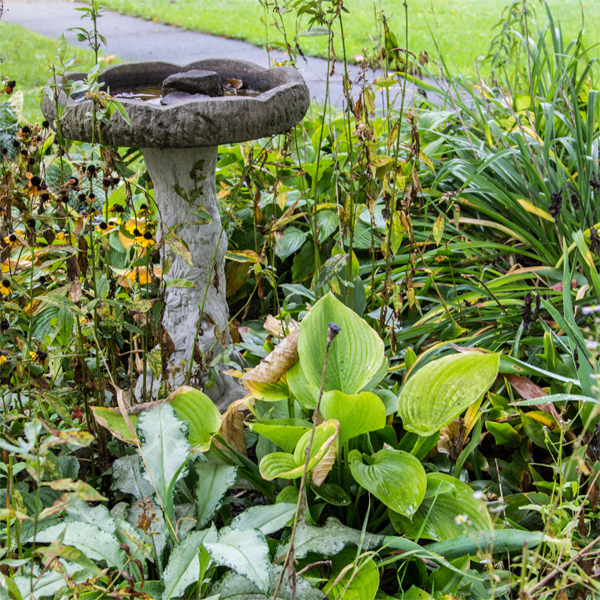Last week’s hard freeze decisively ended this year’s growing season. That’s particularly evident in my vegetable and herb gardens. So this is the right time, and here’s what I’m doing now to get that area prepared for winter:
- removing, cleaning and storing away re-usable plant supports;
- pulling-up, shaking out and bringing to the compost pile all vegetable and herb debris killed by frost and weeds;
- gathering and discarding leftover labels, plant tie-ups and non-biodegradables;
- leveling garden beds and mixing-in compost for next year;
- jotting down observations from this year to help me recall later what I’ve learned this season to make next year more successful;
- cleaning tools to prevent rusting over the winter and prolong their useful life.
Leeks and some greens like parsley, rosemary, Chinese cabbage, Swiss chard and arugula can endure a few more cold snaps, as long as we harvest them before temperatures dip to the low 20’s. Carrots, beets, turnips, radishes and leeks tolerate colder weather and can be OK until the ground is ready to freeze. Now is the right time to plant garlic and shallots.
This first frost provides the perfect opportunity to complete many activities before winter sets in, and it often produces better results than delaying until next spring. For me, springtime never provides sufficient time to complete all the activities that need doing, so late fall is my “bonus” season in lots of ways.
Late fall is a fine time to transplant many trees and shrubs and also to apply fertilizer. During the weeks before the ground freezes roots take up nutrients and new roots become established to become ready to push new growth next spring. We’ve had an unusually moist year, so unless we have a period of no rain, most plants should have adequate moisture as the ground freezes and winter sets in. But be sure to properly water-in everything you transplant.
Now is an ideal time to divide and move most perennials like peony and daylily, and install most any woody landscape plant. Bulbs can be planted right up until the ground freezes. But by November it’s best to wait until spring to plant ornamental grasses and shallow rooted types of plants—ask your local garden center experts if you’re unsure.
If you have pets, be sure to sweep the yard and pick up all those “landmines” before snow flies; not only will these deposits look unsightly after winter’s snow disappears, but their high nitrogen content also creates spotty and uneven lawn growth. De-thatching, aerating and fertilizing the lawn makes sense now, and of course you’ll want to rake off leaves before they mat-down and damage the grass. I use ground-up leaves as mulch around trees and shrubs.
Cooler temperatures make late autumn a perfect time for outdoor work, especially more-vigorous types of physical activity. And I find it satisfying to finish tasks now rather than putting them off until spring.







